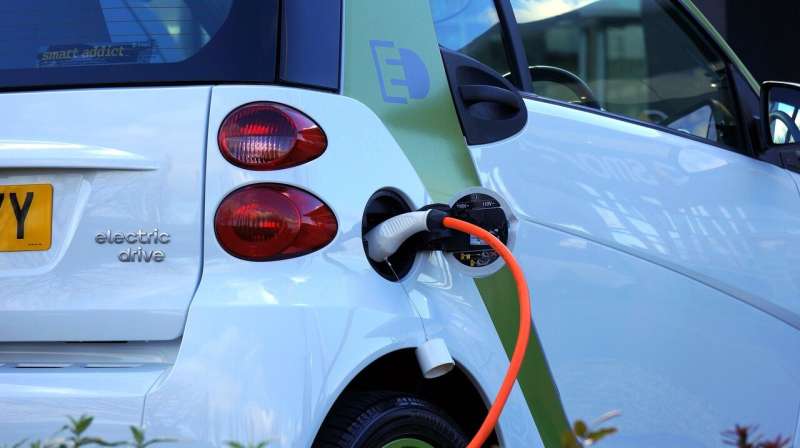People are driving electric vehicles less than projected

New data indicates that electric vehicles may not be an easy future substitute for the gasoline-powered fleet, as EVs are currently being used half as much as conventional cars. That is according to a paper published from the University of Chicago, University of California, Davis, and UC Berkeley.
As the Biden administration voices its commitment to moving the country toward electric vehicles, or EVs, and states like California work to ban the sale of new fully gas-powered cars in the next 15 years, the pledge for an EV-powered fleet leaves a question unanswered: Are consumers actually driving them? New research shows EVs are being driven far less than policymakers think.
"There's still so much we don't know about the costs and benefits of EVs, so it seems appropriate to have some humility around this energy transition," said co-author David Rapson, an associate professor at the UC Davis Economics Department. "Approaches that leave multiple technology pathways open are desirable; bans and mandates seem premature."
The research team combined billions of hourly electricity meter measurements with address-level EV registration records in California—home to about half of the EVs in the United States. They find that the arrival of an EV increases household electricity consumption by 2.9 kilowatt hours per day—less than half the amount assumed by state regulators.
Adjusted for the share of out-of-home charging, the electricity consumed translates to about 5,300 electric vehicle miles traveled, or eVMT, per year, roughly half as large as EV driving estimates used by regulators and also half as large as vehicle miles traveled in gasoline-powered cars.
"The takeaway here is not that EVs should never or will never be our future," said co-author Fiona Burlig, an assistant professor at the University of Chicago Harris School of Public Policy. "It's rather that policymakers may be underestimating the costs of going fully electric."
The research also studied different types of EVs and found that Teslas consume almost twice the amount of electricity per hour than the others studied. This is likely due to a combination of factors, including Tesla's higher battery capacity.
"There are several potential explanations for why EVs are driven much less than conventional cars, and unpacking these reasons is next on our research agenda," said co-author James Bushnell, a professor at the UC Davis Economics Department, who also noted that California's high electricity prices may be a factor. "It is important to understand why EVs are being driven so much less in order to properly weigh the costs and benefits of EV policy and maximize environmental benefits."
"Along with incentivizing people to purchase and drive EVs, policymakers should be investing in the infrastructure needed to ensure that EVs take full advantage of renewable sources of electricity," said co-author Catherine Wolfram, Cora Jane Flood Professor of Business Administration at the UC Berkeley Haas School of Business. "Doing so ensures that EVs follow through as a vital pathway for pollution reduction."
More information: Fiona Burlig et al. Low Energy: Estimating Electric Vehicle Electricity Use, National Bureau of Economic Research (2021). DOI: 10.3386/w28451


















